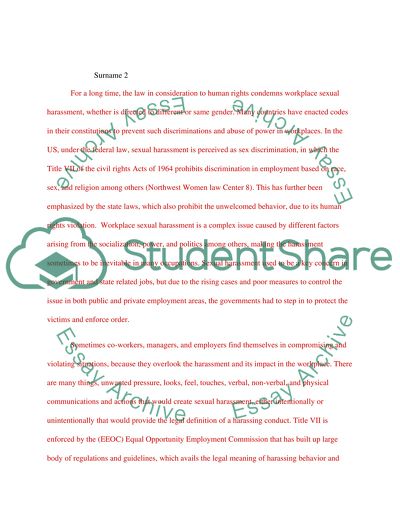Cite this document
(“Sexual Harassment in the Work Place Research Paper - 1”, n.d.)
Sexual Harassment in the Work Place Research Paper - 1. Retrieved from https://studentshare.org/law/1473270-sexual-harassment-in-the-work-place
Sexual Harassment in the Work Place Research Paper - 1. Retrieved from https://studentshare.org/law/1473270-sexual-harassment-in-the-work-place
(Sexual Harassment in the Work Place Research Paper - 1)
Sexual Harassment in the Work Place Research Paper - 1. https://studentshare.org/law/1473270-sexual-harassment-in-the-work-place.
Sexual Harassment in the Work Place Research Paper - 1. https://studentshare.org/law/1473270-sexual-harassment-in-the-work-place.
“Sexual Harassment in the Work Place Research Paper - 1”, n.d. https://studentshare.org/law/1473270-sexual-harassment-in-the-work-place.


